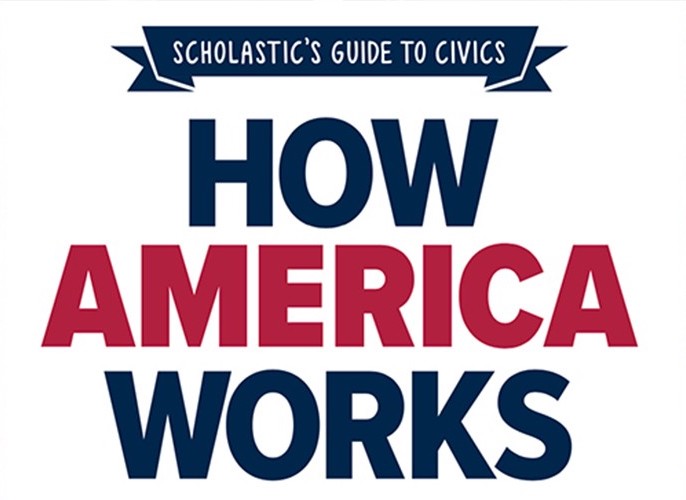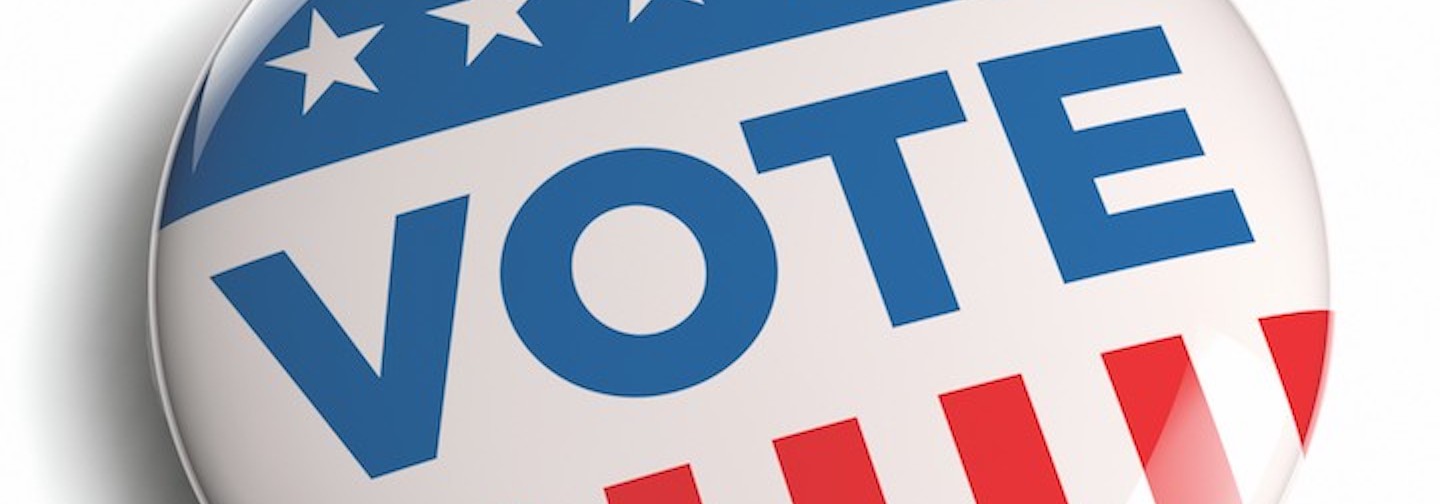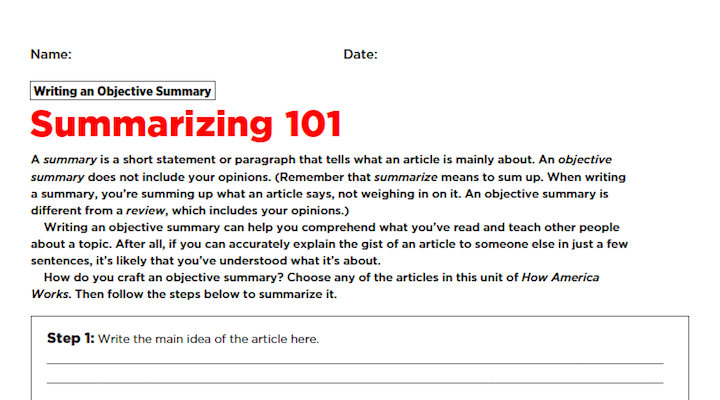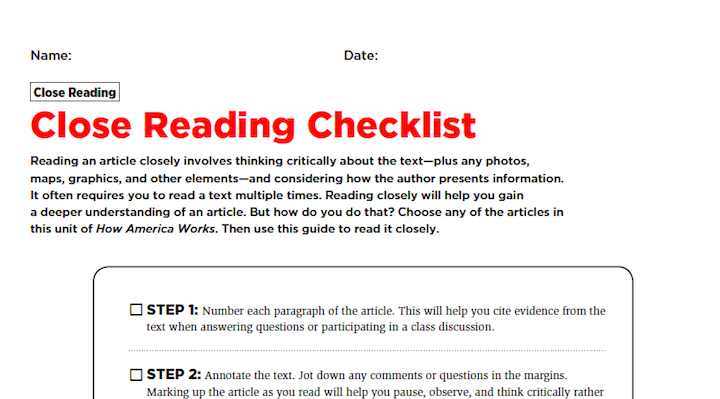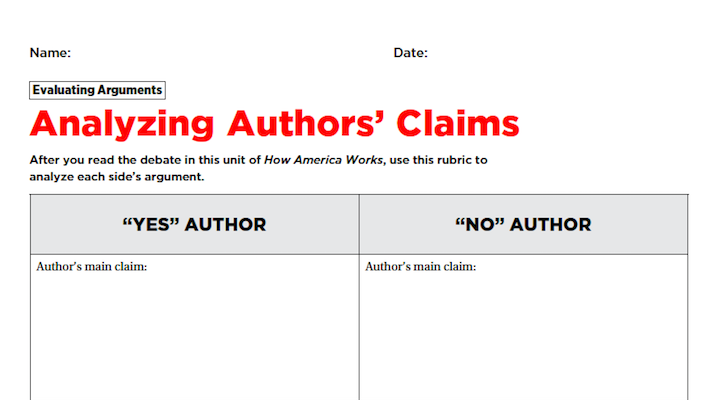Major Concepts
• Some elections, particularly at the state and local level, can be very close—in rare cases, decided by a single vote.
• The results of an election can have a dramatic impact on a community or the country as a whole.
• Though the numbers have recently started to rise, only a small percentage of young people actually vote.
Discussion Topics
1. As the story about the 26th Amendment shows (see pp. 127-129), it took a long time for 18-year-olds to get the right to vote. Why do you think so many young people today still don’t vote?
2. In a number of countries, including Australia, Costa Rica, and Belgium, voting is compulsory, even if it’s not necessarily enforced. Should the United States adopt compulsory voting? What are the arguments for and against the idea? How do you think elections might change if candidates knew that every American would be required to vote on Election Day?
3. There are other proposals for increasing voter turnout. For example, should states be required to offer mail-in voting? Should election days be national holidays to ensure that voters’ jobs won’t prevent them from having time to vote? What other ideas can you think of that might make it easier for people to vote? Are there downsides to any of these ideas, including yours?
4. The voting age has been lowered once before (see pp. 127-129), to 18, with the 26th Amendment in 1971. Some think it should be even lower (see pp. 137-139). How young is too young to vote? As a young person, do you think you and your peers can make informed decisions about candidates? Would you be excited to vote in the next election if it suddenly became possible?
5. Would you ever consider running for office? Why or why not? If you would like to run for office, which position(s) interest you and why? What kinds of challenges do you think you might face to get elected?
Activity: Mock Election
1. RESEARCH:
Choose a recent or upcoming election of any kind. It could be for the city council or the presidency. Ask students to research the major candidates in the race.
What are their backgrounds and positions on the issues? What campaign promises have they made?
2. CREATE & DEBATE:
Give students a week to consider the issues, create posters, and campaign on behalf of their chosen candidates.
Hold classroom debates on major campaign issues.
3. VOTE & DISCUSS:
On “Election Day,” have the students submit secret ballots. Once the results are in, have a class discussion about the election.
Ask students how they decided who to vote for. What were the biggest factors? Do the results tell us anything about the way voting works in the real world? How were the campaigns and election similar to a real election? How were they different?
Videos
The Fight for Voting Rights
The history of voting rights in the United States.
Why Americans Don’t Vote
Upfront and The New York Times on why so many Americans don’t vote.
Skills Library
Header image: Shutterstock.com
